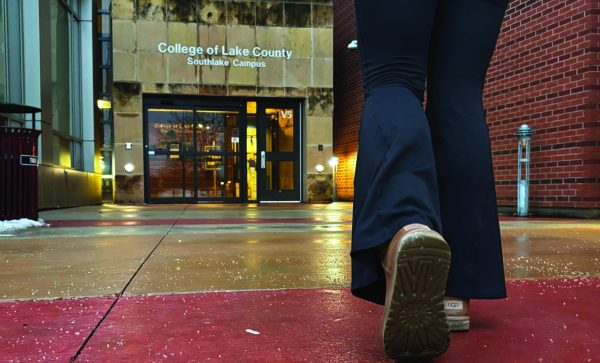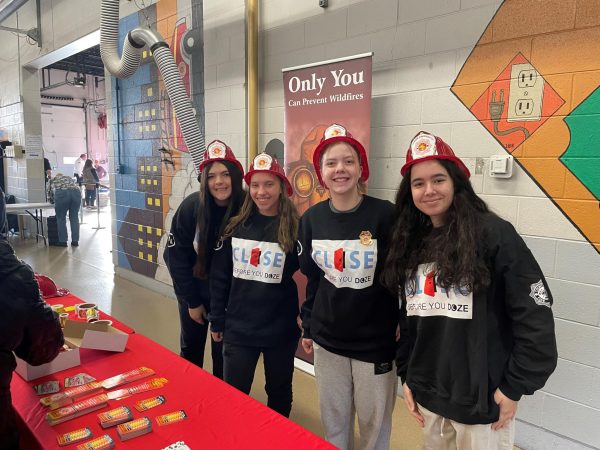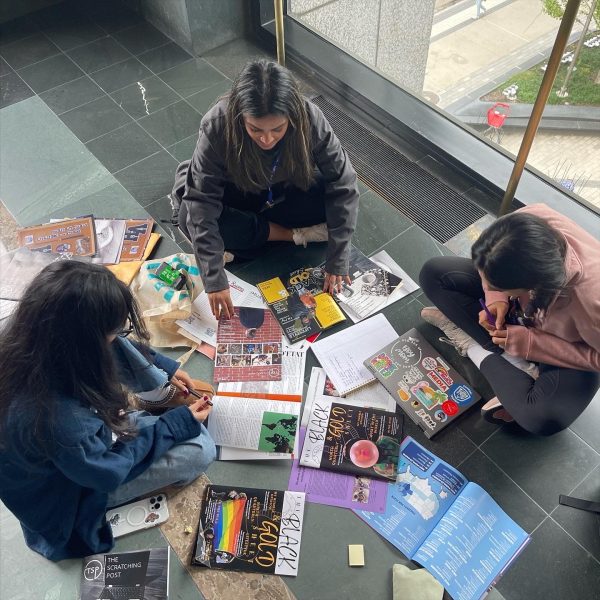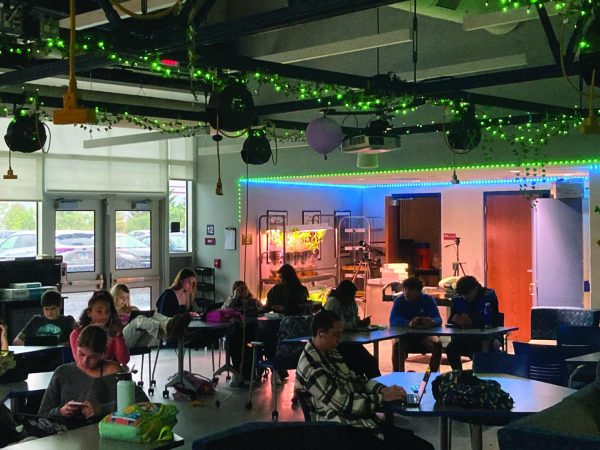Website allows family connections to take root
Sitting and talking with my grandparents while learning and cataloging my family history for hours on end has been one of my favorite experiences this year. It’s helped grow my tree exponentially, and I’ve learned so much about my family, the people within it, and now all this important information won’t be lost to the unforgiving and destructive power of time.
I’ve recently begun using ancestry.com to research and catalog my family history.
Ancestry is a genealogical website where you can build and explore your family history. It has a treasure trove of hundred-year-old documents from all kinds of places. It also provides you with all the necessary tools to build your own family tree and record the lives of your ancestors.
The main use of Ancestry is building your own family tree. You start by filling out your own profile, date, and place of birth, full name, and any other pieces of information you want to add. From there, you’re able to build your tree, adding your parents, grandparents, siblings, spouses, children, etc. It can grow exponentially; mine has more than 2,000 people, and it’s not even close to being done.
One useful feature is tags, which can be used to signify a variety of things, like marking down that a person is a “brick wall,” (someone you’re having trouble finding information about). Personally, I use the custom tags feature to note what information I’m lacking on a person.
You can also make a gallery for each person. There, you can include pictures, documents and any other images pertaining to that person. You can even add a profile picture to represent that person. The profile picture will then show up when you view your tree.
As you enter people into your tree, Ancestry uses its A.I. to scan through its large database in search of that person and any documents or other family trees that name that person. If it finds something, it’ll tell you in the form of a “Hint.” When clicked, it takes you to a list of possible documents of said person that you can sort through and figure out if these documents do belong to that person.
Ancestry cares about your privacy, and if you make your tree public, which it highly recommends, it won’t show the information of any living person on your tree to the person viewing it unless you give them permission.
If Ancestry doesn’t find what you’re looking for in “Hints,” you can go straight to the source and use their search option to directly search for records of one of your ancestors or relatives. You simply put in all the information you know about the person in their search menu, and Ancestry will try to find any and all documents that belong to that person. You can even toggle how accurate information is in case of a variation in dates and names or filter for what kind of information you’re looking for.
Arguably, AncestryDNA is the biggest draw. The test costs $99 but is often on sale during holidays. You spit in a tube, and in six weeks, you can see what you’re made of. When your results come in, they give you a map and a list on the side showing what regions of the world you share DNA with.
When I took it, most of my results were expected with nothing out of the ordinary until I scrolled down and found out I was 1% Cyprus!
But, arguably the best thing that AncestryDNA gives you is a list of DNA matches; these are people who are related to you or your cousins. With those, building your tree becomes so much easier, as you’re able to contact these people and figure out a common ancestor or just simply connect with long lost family.
When I contacted one of my cousins, we were able to work together to find our common ancestor, who turned out to be a man from the beginning of the 19th century. From there, work became so much easier, as I simply researched his descendants to figure out my closer direct ancestors.
Of course, nothing is perfect, and Ancestry does have some shortfalls. For starters, if you want to view any other public family trees or documents, you have to have a membership, which can be quite expensive. A three month membership would set you back about $80. However, they do have a free index of some of their most useful documents like U.S. censuses, which can be a goldmine for research.
Although Ancestry has billions of different documents, they’re mainly from the U.S., Canada, and Western Europe; few are from any other country. To get around this problem, I’d suggest using other genealogy websites like WikiTree and FamilySearch, which are completely free—plus 90% of their records are different to the ones on Ancestry. You can also use MyHeritage, as it’s great for European research, but again, costs money to use.
Additionally, if you make a mistake in your tree, it may be very difficult to fix as the website doesn’t have an undo button.
While it’s pricey, I’d say Ancestry is definitely worth it. Cataloging your family history can be incredibly interesting, and also very important to you, your family and history itself. Your ancestors likely lived very interesting lives and their stories could be lost to history. The best way to prevent this is by simply learning their stories and writing them down so future generations could learn from them. Plus, who knows, you could be related to royalty—it’s more plausible than you’d think.










